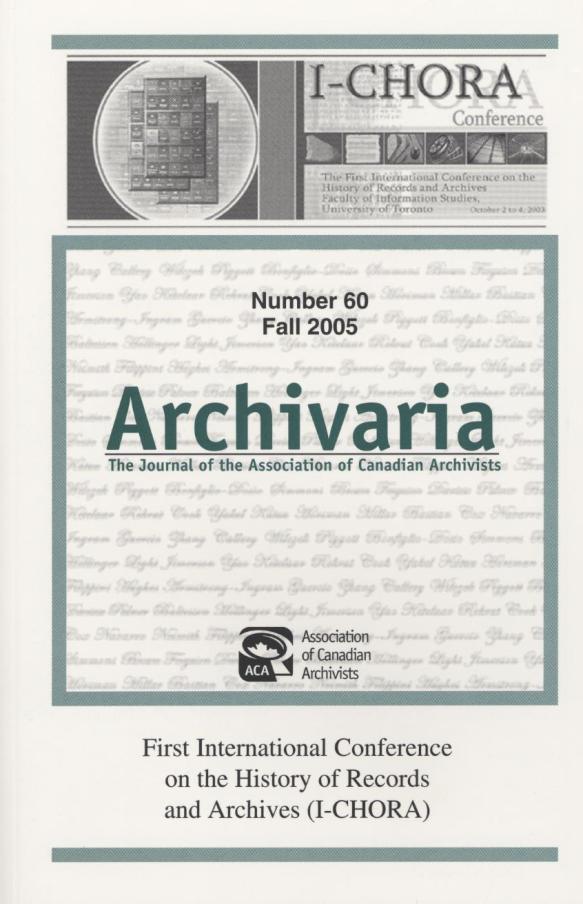"Control through Communication" in a Comparative Perspective
Abstract
In the United States between 1870 and 1920, in The Netherlands and in Germany between 1880 and 1930, business and government agencies adopted new technologies for the production and reproduction of documents, their storage and retrieval. New technologies and genres of downward communication, upward reporting, and internal correspondence were introduced to enhance control through communication. The office became an “innovation junction” of technologies, creating new functions and a new office hierarchy that was reflected in office buildings, lay-out, and furnishing. Technology was an enabling and promoting actor, but not the primary cause of innovation. Committed managers played an important role in introducing new communication technologies. National and international networks of records management specialists and providers of office technologies were equally important. Recognition of the history of control through communication may contribute to understanding current and future adaptation and innovation of record-keeping technologies in their social and cultural contexts.
RÉSUMÉ
Aux États-Unis entre 1870 et 1920, aux Pays-Bas et en Allemagne entre 1880 et 1930, les organismes gouvernementaux et les entreprises adoptent de nouvelles technologies pour la production, la reproduction, l’entreposage et la recherche de documents. On introduit de nouvelles technologies et styles de communication descendante, de reddition de comptes hiérarchique et de correspondance interne, dans le but de renforcer le contrôle au moyen de la communication. Le bureau devient un nœud d’innovation technologique, créant de nouvelles fonctions et une nouvelle hiérarchie qui se reflètent dans les édifices à bureau, leur aménagement et leur ameublement. La technologie joue un rôle de facilitation et de promotion, mais ne constitue pas la cause première des innovations. Les gestionnaires impliqués jouent un rôle important dans l’introduction des nouvelles techniques de communication; les réseaux nationaux et internationaux de gestionnaires de documents et de fournisseurs de technologie pour le bureau se révèlent tout aussi importants. La reconnaissance de l’importance historique du contrôle par la communication permet de mieux comprendre les innovations présentes et futures des technologies de gestion des documents dans leurs contextes social et culturel.
Authors of manuscripts accepted for publication retain copyright in their work. They are required to sign the Agreement on Authors' Rights and Responsibilities that permits Archivaria to publish and disseminate the work in print and electronically. In the same agreement, authors are required to confirm that "the material submitted for publication in Archivaria, both in its paper and electronic versions, including reproductions of other works (e.g. photographs, maps, etc.) does not infringe upon any existing copyright." Authors of manuscripts accepted for publication retain copyright in their work and are able to publish their articles in institutional repositories or elsewhere as long as the piece is posted after its original appearance on archivaria.ca. Any reproduction within one year following the date of this agreement requires the permission of the General Editor.





